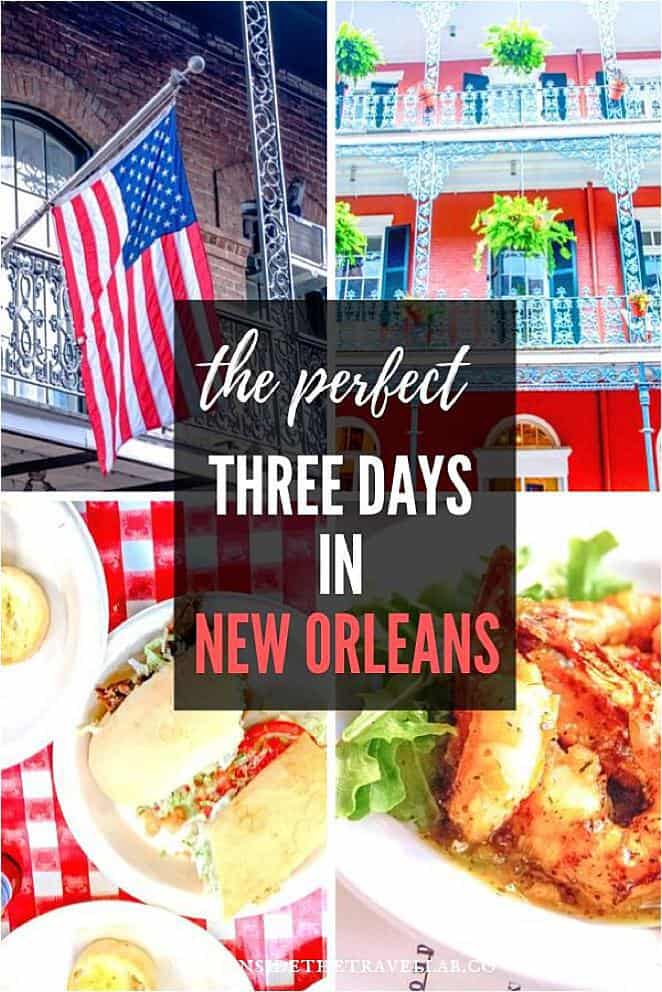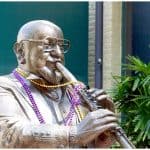Our inside guide and 2 day New Orleans itinerary will show you how to have a foot-stomping time in the Crescent City.
See also the best things to do in New Orleans with kids here.
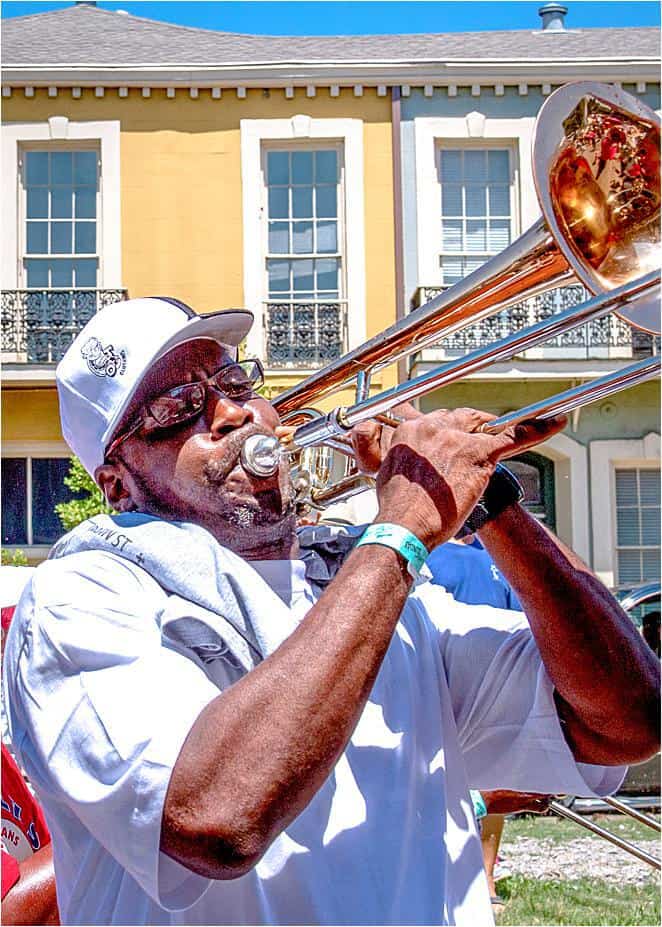
Your 2 Day New Orleans Itinerary
New Orleans Itinerary at a Glanace
- Day One –French Quarter, Café Du Monde, Tremé and Jazz
- Day Two – Garden District, World War Two Museum and Cooking Class
- Extra time? – Swamps and Plantations or Cooking and History
Booking through some of the links on this page may earns us a small commission at no extra cost to you. Also, some of these events took place in partnership with the tourist board of New Orleans (although many didn’t.) As ever, as always, we keep the right to write what we like. Otherwise, what’s the point?!
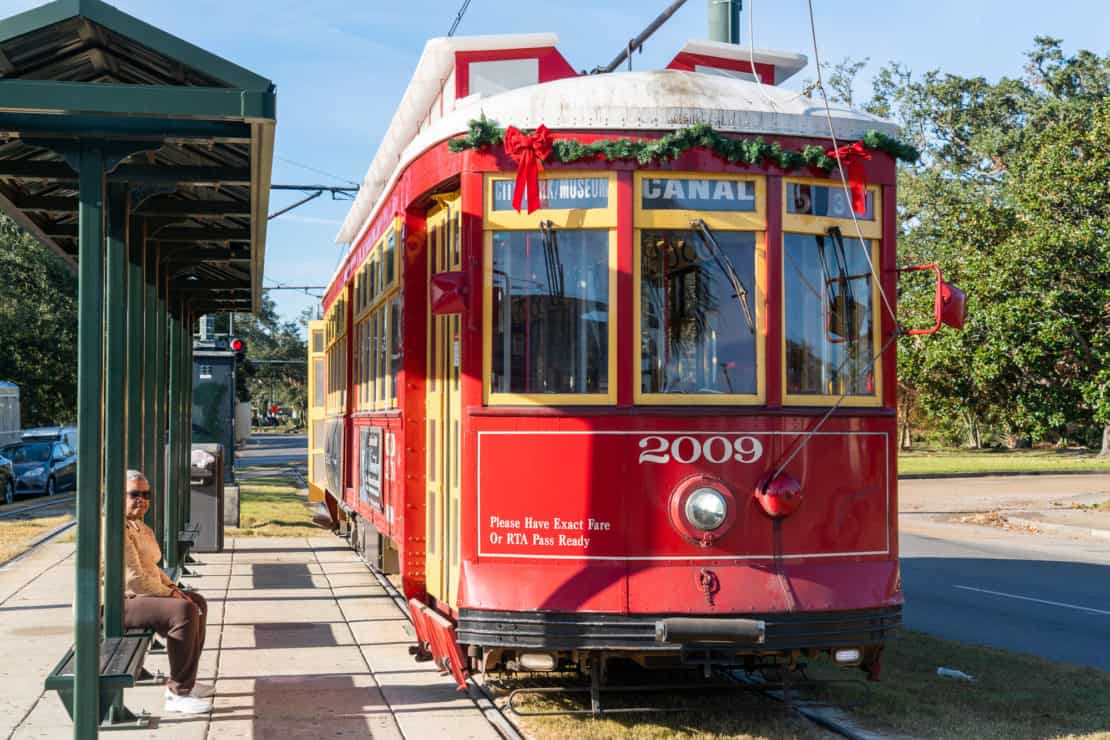
Day One in New Orleans
A note about jet lag in New Orleans
Go easy on yourself if you have jet lag (which you will, if you’re arriving from Europe.) Move some of the neighbourhoods from day one to day two and perhaps skip the day trips at the end to catch up.
Jackson Square
Most visitors get their bearings in Jackson Square, a rather clinical looking parkland in front of the austere St Louis Cathedral. Twas here that the Louisiana purchase took place, making the ground a National Historic Landmark, but today it bursts with character, chaos and complexity, all brushed into a postcard look. Expect to hear music and see street performers, and the best time for both is just before sunset.
The square helps to get your bearings: Old Man Mississippi in one direction, the colourful French Quarter in the other. And the cream and green spinning fans of Café du Monde at the intersection, serving up sugary beignets and chicory coffee from dawn.
Inside Tip: head to Café du Monde early to stand a chance in shimmering sugar of beating the tourist crowds. If you’re heading to New Orleans from Europe, embrace the jet lag and get there first. It’s also lovely to see the Mississippi River glittering in the morning sun.
The French Market
Before delving into the melee of the French Quarter, head out along Decatur Street to the French Market, the best place to relish voodoo skulls, alligator hides and iced smoothies.
Jackson Square also hosts the Presbytère museum, worth a detour if you need some air-con and some context. Downstairs features the build-up and aftermath of Hurricane Katrina, the shattering event in New Orleans. Upstairs tackles a happier subject: the sequins and shine of the annual Mardi Gras festival that fills the streets of New Orleans.
Mardi Gras in New Orleans
Love Mardi Gras but can’t make the real thing? Mardi Gras world is for you! It’s a massive warehouse that takes you behind the scenes of the procession that is covered all over the world. And the perfect place to soak up the atmosphere (well, apart from the parade.)
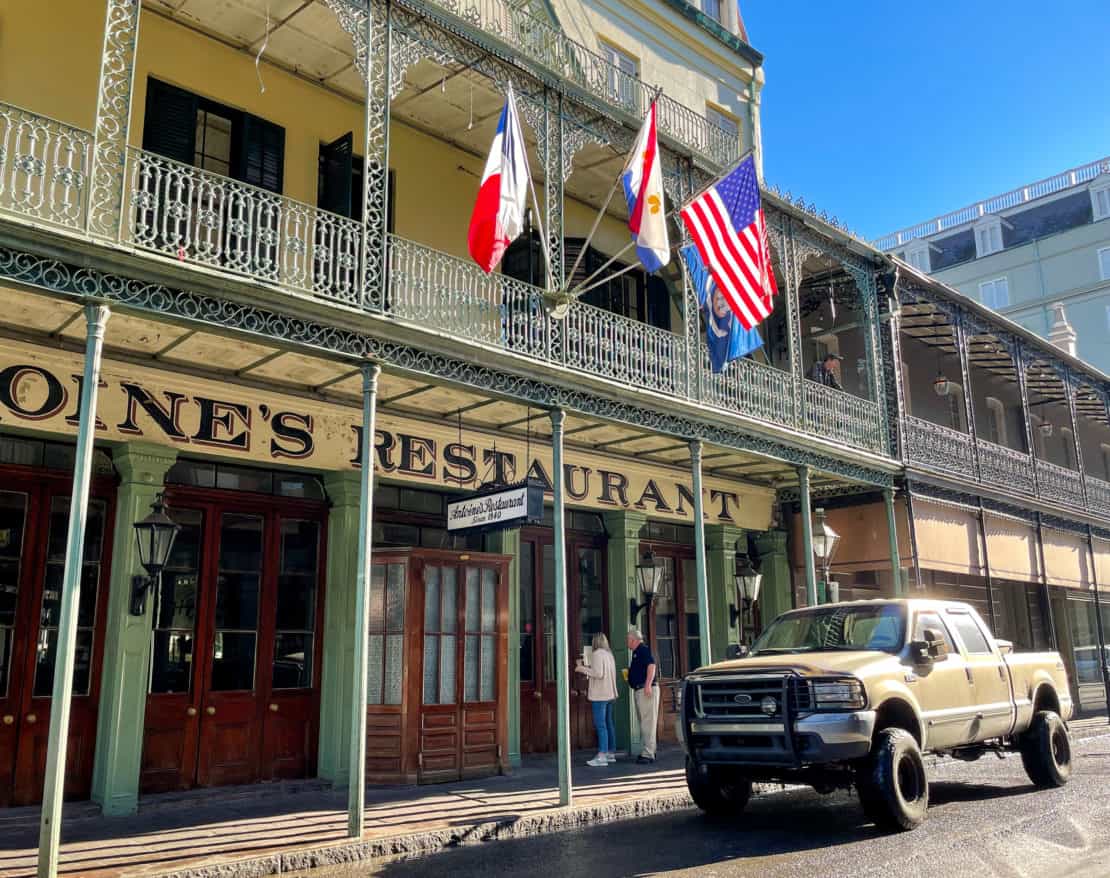
The French Quarter
Spend the afternoon unpeeling the layers of the French Quarter. Follow a self-guided route, join a walking tour, or meet your inner tourist on the horse and cart tours that are perhaps more interesting than they sound. If all else fails, simply wander around. It’s like historic European towns, you can’t really go wrong.
For an area of less than one square mile, the French Quarter has as many personalities as France has cheese. Bourbon Street attracts the partygoers and, unless you like your drinks bright green and by the bucketful is probably best avoided.
Instead, head to Royal Street for the art and relish the peace and quiet of the residential areas.
If time and energy are on your side, head either to the Warehouse District in one direction or the Faubourg-Marigny in the other. Frenchmen Street as dusk blends into night sings with the soul of a city that loves music.
Take a New Orleans Food Tour
Combine exploration of the French Quarter with a history lesson in gastronomy with this walking food tour of the French Quarter from Get Your Guide.
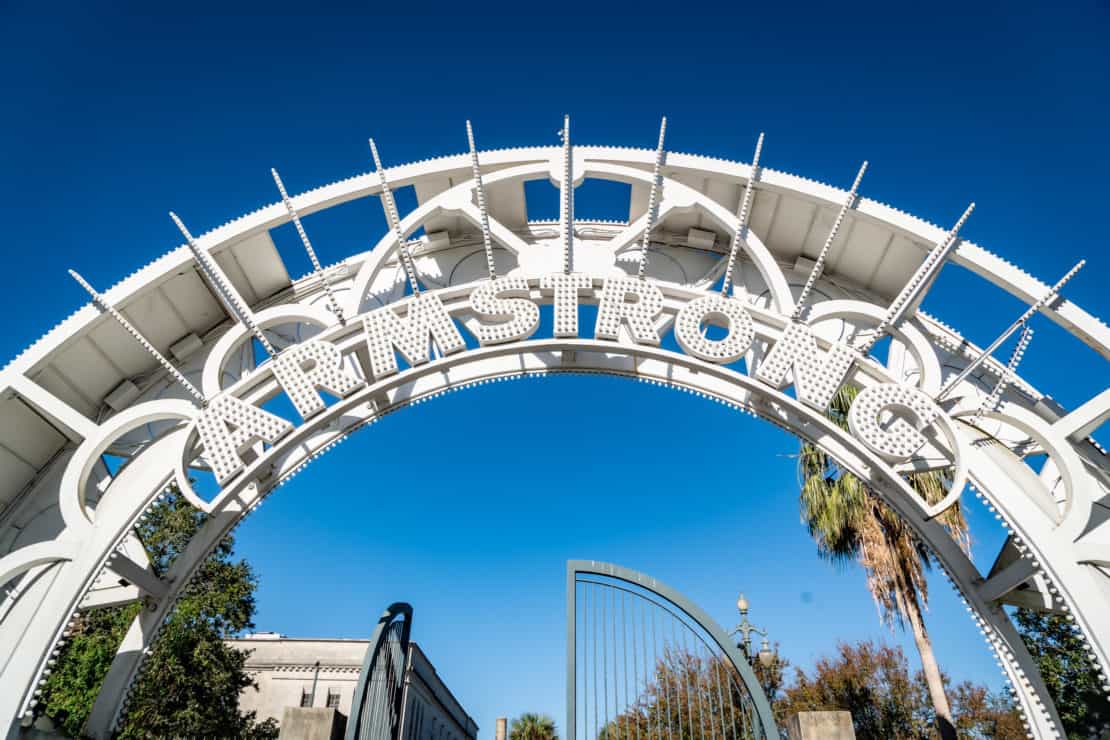
Tremé and Louis Armstrong Park
Widely accepted to be the birthplace of jazz, the neighbourhood of Tremé lies just beyond the French Quarter. It celebrates African-American and Creole history through cultural centres, jazz spots and great places for a bite to eat.
The Louis Armstrong Park includes the infamous Congo Square, where enslaved people and indentured servants would gather on their day off and play music; the sound bridged the language gap between people of different languages and from here, so legend goes, jazz was born.
Join a cycle tour amid the colourful cottages to learn more about the New Orleans history, from its origins during the European settlements through to slavery and on to Katrina.
St Louis Cemetery No 1 attracts more crowds than seems possible for a graveyard, partly drawn in by the mystery of voodoo priestess Marie Laveau. It’s definitely worth taking a voodoo tour for the cemetery, otherwise the significance will pass you by. Also, the graveyard yields no shade so remember your hat, water and sunscreen.
I love walking around Treme by myself but there’s no doubt that you’ll get more out of it on your first visit if you take a tour.
Inside Tip: Visit the Louis Armstrong festival Satchmofest each year in New Orleans for an intimate, historic and yet modern look at jazz.
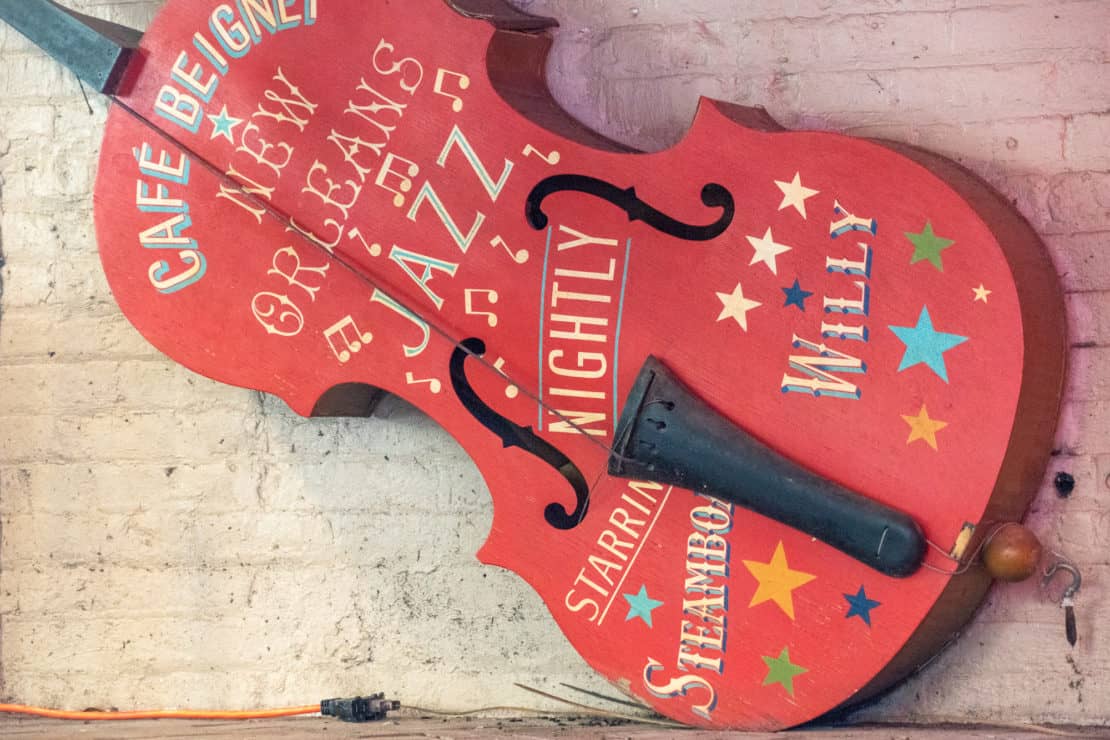
Day Two in New Orleans
Inside Tip: Breakfast at Brennan’s
Treat yourself to an egg-stravaganza with an eggy breakfast at the historic, silver service Brennan’s. To liven things up, go for the flaming dish. Then come back and tell me how it went.
Morning in the Garden District
New Orleans’s leafy Garden District lends a breath of fresh-air to an intense, intoxicating city. Although you’ll need to hop on a tram to reach it from the historic centre, it’s also quite close in the context of the sprawling city of New Orleans as a whole.
From the Warehouse District, take the St Charles Streetcar and hop off at Washington Avenue and St Charles Avenue.
Landmarks include Lafayette cemetery and the Commander’s Palace, a restaurant serving haute Creole cuisine since 1893.
Though the turtle soup tastes good, but I believe your time is better spent escaping the tourists and heading to Magazine Street. This is where well-heeled locals really hang out, grabbing quick red beans and rice at Joey K’s ruby-yellow Restaurant and Bar or shopping among the boutiques.
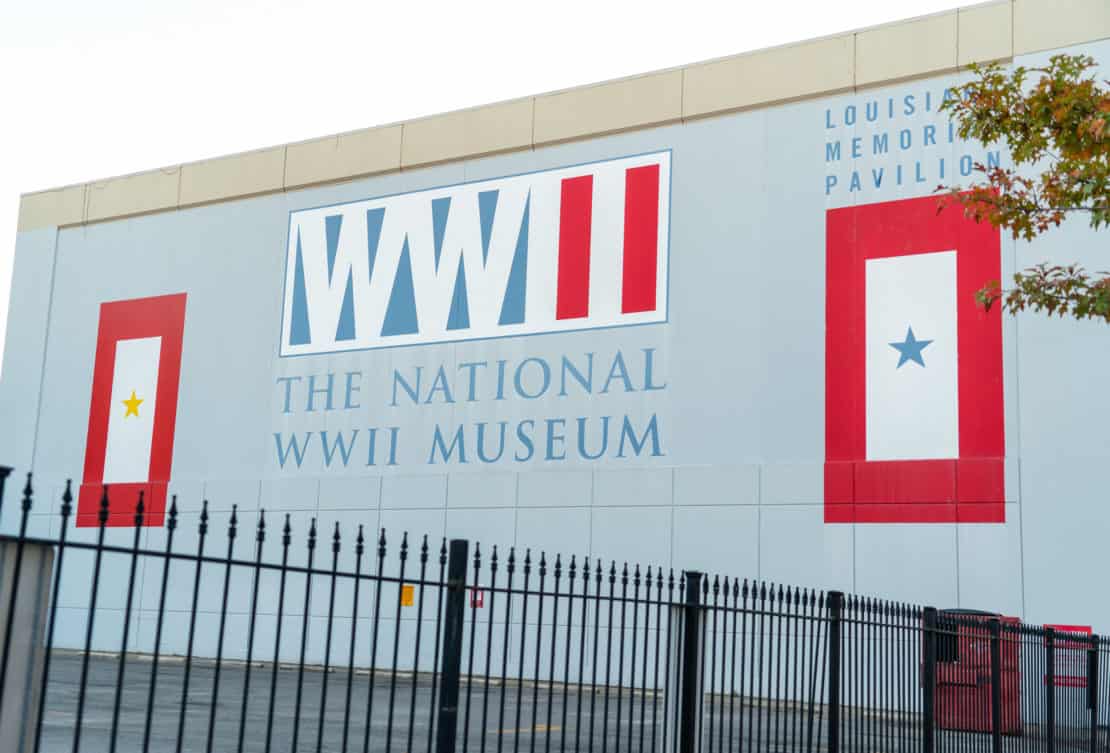
Afternoon: The World War Two Museum
It’s a curious spot for a WWII museum, far from most of the theatres of war. But that aside, the National WWII Museum is a staggeringly comprehensive and emotional piece of work.
From studies of propaganda to aircraft hanging from the ceiling, submarine simulators and light and sound exhibits that include Europe and the Pacific, it’s a surprisingly nuanced and powerful place to learn about world history.
It’s vast and to see everything would take an entire day, not to mention nerves of steel. Focus on the areas most important to you and spend the afternoon here.
You can skip the queue if you book tickets to the WWII Museum in advance here.
Dinner in The Garden District
Before heading back to the ebb and flow of central (tourist) New Orleans, pop into Cavan for dinner. Through crab noodles and a raw oyster platter, this salvaged mansion from 1883 brings the cuisine of the Eastern Seaboard and Gulf of Mexico back to life.

Day Three in New Orleans
Day three on this New Orleans itinerary takes you outside the city on two different but powerful day trips. Why? Because once you see what lies just outside the city, the centre and mix of New Orleans today suddenly makes sense.
With all that said, if you find yourself rushed on day one, move some of the neighbourhoods to day three or spend some time on the well heeled Canal Street. Don’t spoil your trip by trying to do too much.
Take a swamp tour
Despite the off-putting description, joining a boat tour on the swamps around New Orleans is a calming, even fragrant experience. The water is calm, the hogs quiet and the scent of magnolia fills the air.
Plus, drifting along the swamps highlights how Creole cuisine developed (impossible to produce butter in this climate) and why Katrina was as devastating as it was (with this much water all around, the failure of the dams was catastrophic.)
- Read our guide to the difference between a swamp and a bayou here
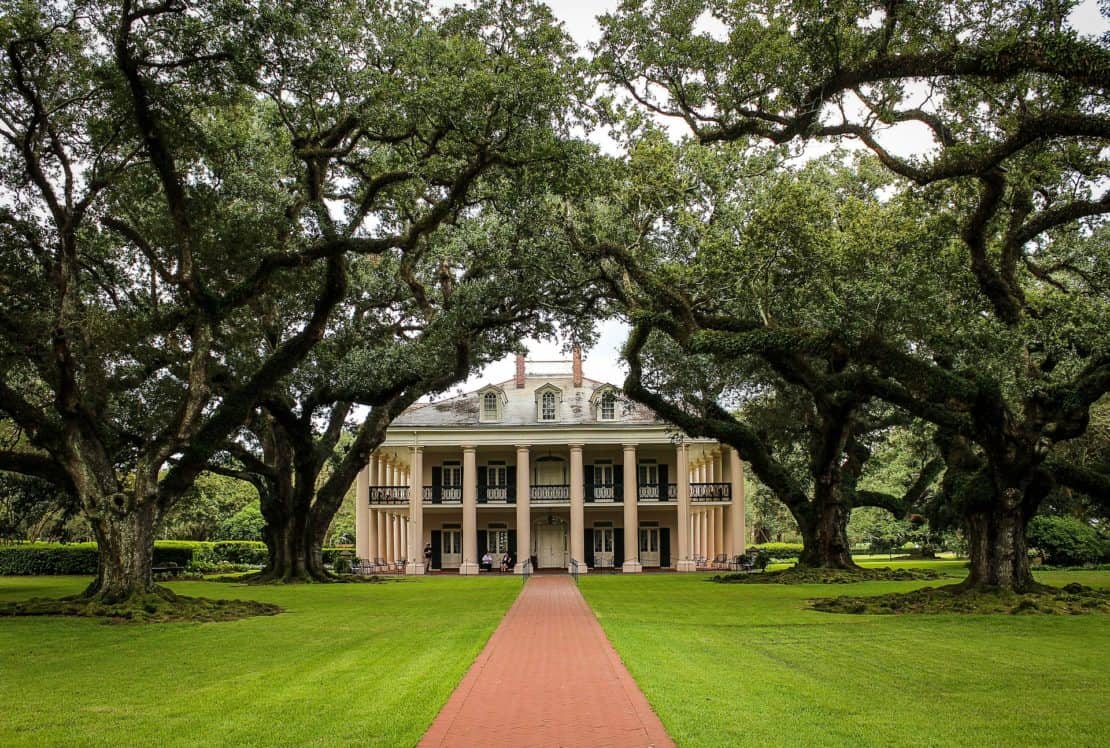
Plantation Country: The Great River Road
As the final stop for the gargantuan Mississippi, New Orleans was the trading hub and melting pot of the south; the wealth of Louisiana fuelled by the cotton and sugar plantations further upstream.
The houses are beautiful, even if the history is not. The Great River Road runs parallel to the Mississippi, dotted with grand plantation homes, each with a different story to tell.
Oak Alley Plantation is probably the most famous, its 28-tree avenue of live oaks forming the backdrop of a Beyoncé video among others, but it’s the Whitney stands out the most.
For the Whitney Plantation is the only one to tell the story of the houses from the people who made them: the enslaved individuals shipped here and tortured to death, one after the other, from the hundreds into the thousands. A memorial wall and statues traces as many of the barely named people as possible and forces people of today to pause and think about the past.
Do you have time to visit the plantation homes and take a swamp tour?
It is possible to complete a tour of the two plantation homes and a swamp tour and be back within one day but it is a rush. If you have a shorter third day, because of a flight, for example, then just pick one of the three. If you really want to stay in the Crescent City, then take the streetcar to City Park and explore the greenery there.
Find recommended New Orleans swamp tours here.
If you have more time, check out this New Orleans Road Trip itinerary and stay overnight in plantation country.
Alternatively, if you’re looking to really slow things down and enjoy the city of New Orleans as much as you can, then cut yourself some slack on day one. Move some of the neighbourhoods to day three and enrol in a cooking class, like the one offered by Langlois.
Learn about history, culture and cuisine with a glass of wine in your hand and without moving an inch.
In other words, learn how to follow the New Orleans motto: laissez les bon temps rouler.
Let the good times roll…
Keen to travel further afield but unsure where to go? Check out our guide to choosing between Los Angeles and Miami.
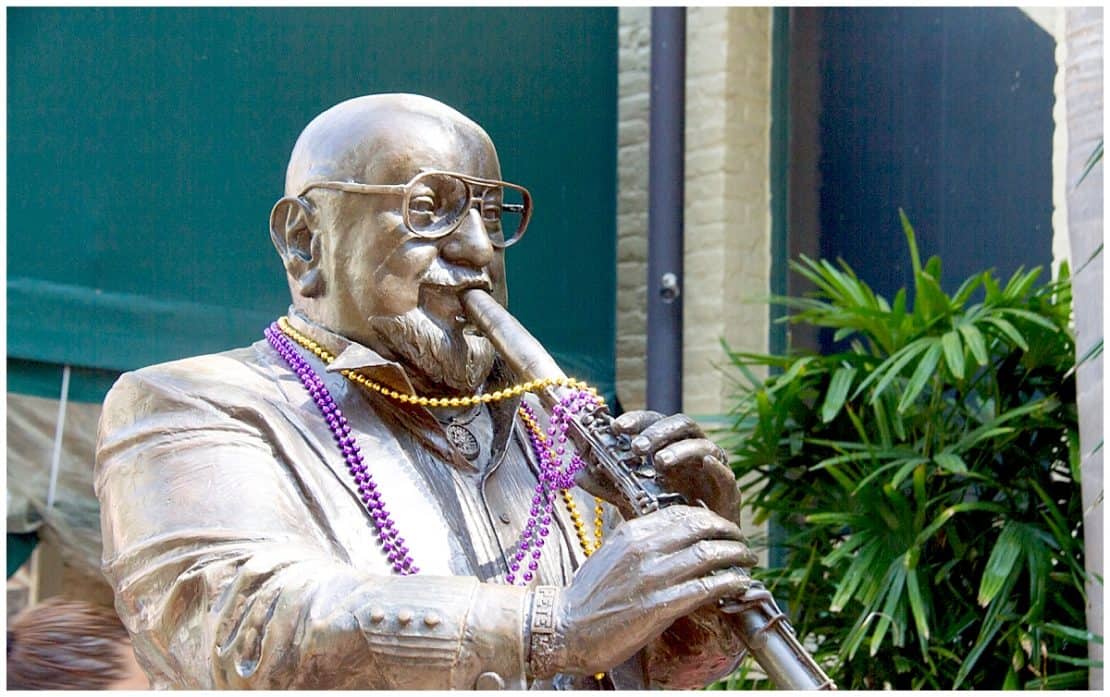
Practical Tips for Your 2 Day New Orleans Itinerary
Getting to New Orleans
The Louis Armstrong New Orleans International Airport (MSY) serves both domestic and international destinations but is some way out of the French Quarter. Transfers are easy enough to arrange, with taxis costing around $36 to the French Quarter and the airport shuttle at $24 at the time of writing.
ESTA Visa Requirements for Non-US Visitors
Please note that at the time of writing, even tourist visas to the US must be arranged in advance. The most common way to do this for UK visitors is to sign up to the ESTA scheme, which charges a fee and has various restrictions. Always check the up to date guidance on the official website.
Getting Around New Orleans
Within the French Quarter, the Louis Armstrong Park and along the river, it’s perfectly easy to walk around, even in the heat of summer. Beyond that, look out for the iconic New Orleans trams featured in A Streetcar Named Desire.
Where to Stay in New Orleans
For first time visitors, it’s useful to stay within the French Quarter or at least within walking distance. The character is so unusual and changes so much during any 24 hour period that you want to be able to soak it up as much as you can.
The Warehouse District is also a good place to stay. And if you have more than two nights, it’s worth changing hotels. The French Quarter can start to feel claustrophobic and it’s more interesting to see different sides of New Orleans as well.
Recommended places to stay in New Orleans
- Classic charm – Maison Dupuy – French Quarter, olde world charm with swimming pool to cool off.
- Cool & Corporate – Le Meridien – large, corporate luxury hotel between the French Quarter and Warehouse District in the Central Business District.
- Hipster buzz – Old No 77 – hipster, boutique hotel within walking distance of the French Quarter
Evenings in New Orleans
Avoid Bourbon Street. That’s rule number one! Next up, for easy to access jazz, head to Frenchman Street in the French Quarter. Every doorway leads to music, from cover bands to up and coming musicians and grassroots movements.
- You could always try a New Orleans cocktails and jazz tour like this if you’d like to join some other people.
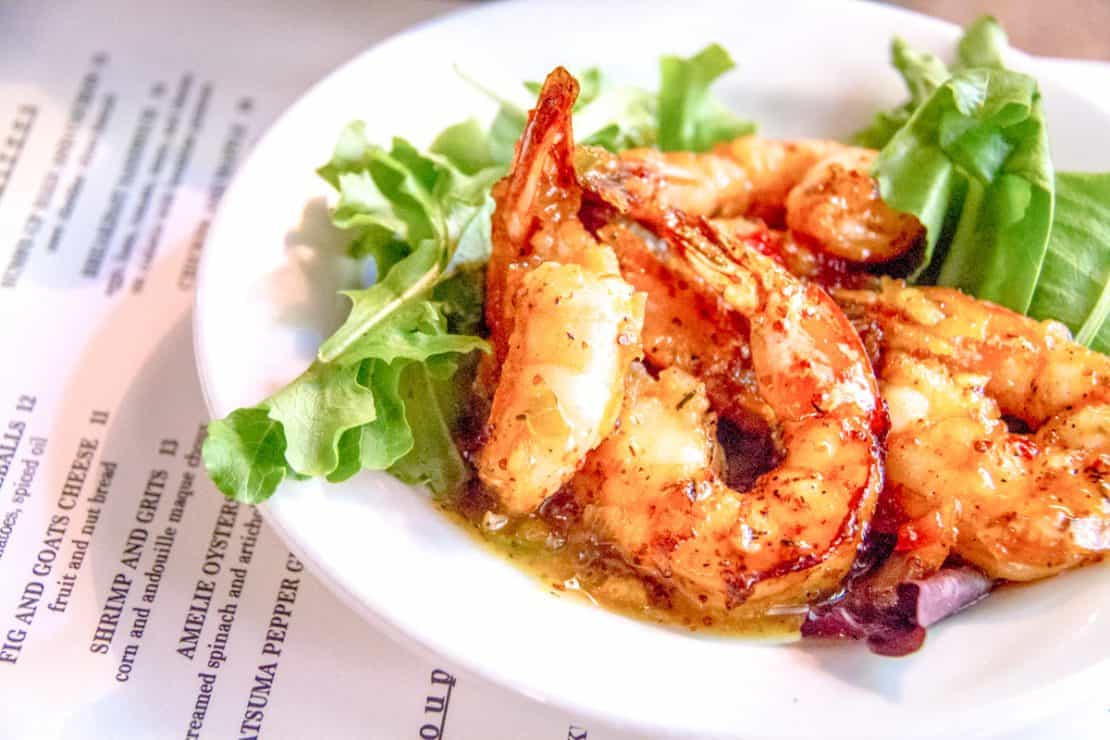
Food to Try in New Orleans: A Quick Guide to New Orleans Cuisine
One of the best things about any New Orleans itinerary is the chance to check out some New Orleans food! The history, landscape and politics have combined to create unique flavours to make your taste buds dance as hard as your feet.
Here are some can’t miss dishes:
- Gumbo – the official state cuisine of Louisiana, a salty stew with meat or shellfish.
- Po’boys – an abbreviation of a “poor boy,” it’s a giant baguette sandwich.
- Beignets – a sugary sort of donut with a history of its own
- Crawfish Etouffee – a sweet and salty sauce with crawfish (like shrimp) and rice
- Red beans and rice – ham hock or sausage bubbles away with red beans for hours while households did their laundry. That’s the story behind it, anyway.
- The Muffaletta – an Italian sandwich invented in New Orleans, a muffaletta pops cured meats, cheese and black olives into one dish.
New Orleans Travel Tips
- Leave flexibility in your itinerary for browsing art galleries and voodoo boutiques or stopping to listen to music you love and discover on the street.
- Venture beyond the French Quarter (but book a hotel close to or in it.)
- Try as many different types of food as you can. Make sure to try gumbo, a po-man and a sugary beignet.
More about travel in New Orleans and Louisiana
- How to spend three days in New Orleans: an itinerary
- The surprising story behind Louis Armstrong’s Wonderful World
- Explore the Deep South with this in depth New Orleans Road Trip Planner
- The secret behind the beignets of Cafe du Monde
- What is the difference between a swamp and a bayou?
- Why a visit to the Tabasco factory is a hot day out
- What Louisiana’s Great River Road is really all about
- How to travel through Alabama from New Orleans
